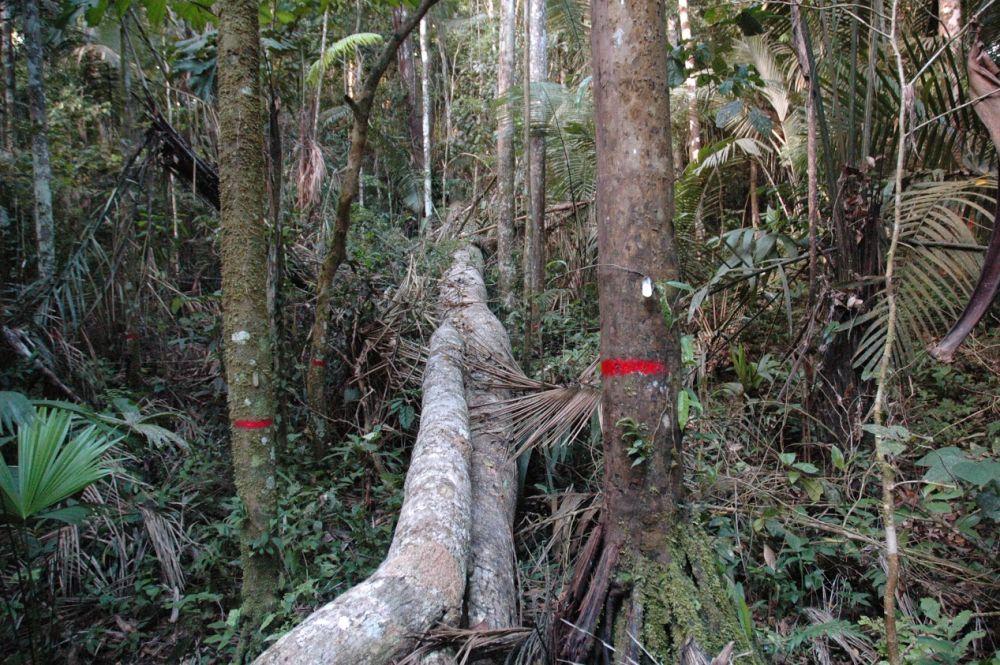
The most extensive land-based study of the effect of drought on Amazonian rainforests to date has shown that a recent drought completely shut down the Amazon Basin’s carbon sink.
Previous research has suggested that the Amazon – the most extensive tropical forest on Earth – may be gradually losing its capacity to take carbon from the atmosphere.
This new study, led by researchers at the Universities of Leeds and Exeter, paints a more complex picture, with forests responding dynamically to an increasingly variable climate.
The researchers studied two large-scale droughts that occurred just five years apart, in 2005 and 2010.
The aim was to better understand how drought affects tree growth, and therefore the rate of uptake by trees of carbon dioxide from the atmosphere.
Study co-author Professor Oliver Phillips, from the School of Geography at the University of Leeds, said: “For more than 20 years the Amazon has been providing a tremendous service, taking up hundreds of millions more tonnes of carbon every year in tree growth than it loses through tree death.
"But both the 2005 and 2010 droughts eliminated those net gains.”
In the first basin-wide study of the impact of the 2010 drought and its interaction with previous droughts, the international team of researchers found that tree growth was markedly slowed by drought across the vast forests of the Amazon.
By using long-term measurements from the RAINFOR network spanning nearly a hundred locations across the Amazon Basin, the team was able to examine the responses of trees.
While both droughts killed many trees, the 2010 drought also had the effect of slowing the growth rates of the survivors – shutting down the Amazon’s ability to absorb carbon dioxide from the atmosphere.
As the most extensive tropical forest on Earth, the Amazon forest stores 100 billion tonnes of carbon in biomass, so changes here have global consequences.
The research provides important new understanding of the impact of climatic change on the behaviour of forests and carbon dioxide levels.
Lead author Dr Ted Feldpausch, senior lecturer in Geography at the University of Exeter, said: “The first large-scale, direct demonstration of tropical drought slowing tree growth is extremely important.
"It tells us that climate changes not only increase the rate of loss of carbon dioxide to the atmosphere, by killing trees, but also slow down the rate of uptake.
"And yet, the Amazon clearly has resilience, because in the years between the droughts the whole system returned to being a carbon sink, with growth outstripping mortality.”
However, the researchers caution there is still much to learn.
Not only are droughts now occurring more frequently, but temperatures across Amazonia are on the rise, having hit all-time records in 2015.
As climate change proceeds, a better understanding of the combined impacts of droughts and heatwaves on tropical forests is urgently needed.
The work was funded by the Gordon and Betty Moore Foundation and the UK Natural Environment Research Council (NERC).
Image credit: Ted Feldpausch